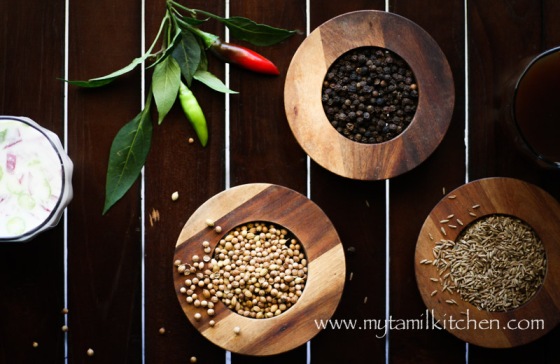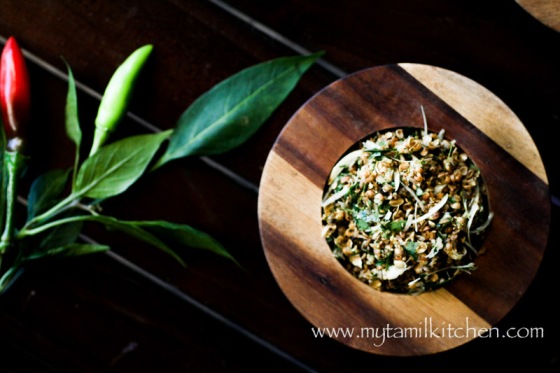“You couldn’t buy thayir (yoghurt) back then. So we would ask neighbours who made thayir if we could have some culture and mummy would make thayir for us. We would do this on special occasions, like when we were breaking fast during hindu festivals. Families who owned cows would make it regularly. We would make ‘more’ from the thayir.
During hindu festivals, there would be many makeshift stalls around the temple. There would be ‘urugai thanni’, ‘more thanni’ and ‘chakkarai thanni’. I don’t really know much about the other two. It was so hot, drinking the ‘more thani’ would be very refreshing.
If we cooked chicken curry we would definitely make rasam. Rasam or sothi would be served at lunch. Ammammah (maternal grandma) and appappah (paternal grandfather) loved rasam and would want it at every meal.
Rasam is very good for the digestive system and can be drunk on it’s own. You should try to make it once a week”. – ammah, 2016 #storiesfromhome

INGREDIENTS – More (serves 2)
1 cup yoghurt
2 cups water
1 small red onion
1 hot green chilli
1.5 tsp salt (this is very dependent on the individual. I would put 2 tsp salt)
1. Add the yoghurt, water and salt in a mixing dish and whisk it together till it has smooth consistency.
2. Chop the onion and chilli finely.
3. This next step is not something that was done back at home, but it’s something my ammah does now to add a bit of a tang. She adds a little bit of lime urugai (pickle) to the more. If you would like to do this, then chop the urugai up finely as well.
3. Serve chilled.


INGREDIENTS – Rasam (serves 2)
3 tbl coriander
2 tsp cumin seed
2 tsp peppercorns
4 cloves of garlic with skin
1 small onion
3 cups water
8 curry leaves
1/3 tsp salt
1/2 tsp tamarind
1/4 tsp aesophatida
2 tsp fennel (only when making rasam to be served with chicken curry)
1. Grind coriander, cumin, curry leavees and the peppercorns for 2 seconds.
2. cut onion into quarters.
3. add onions and garlic (with skin) to grinder and grind for 1 second. The photo below is of the ground ingredients.

4. Bring water to boil with salt and tamarind.
5. Add ground ingredients and aesophatida.
6. When the mixture boils again, turn it off and close the saucepan. Serve hot.

